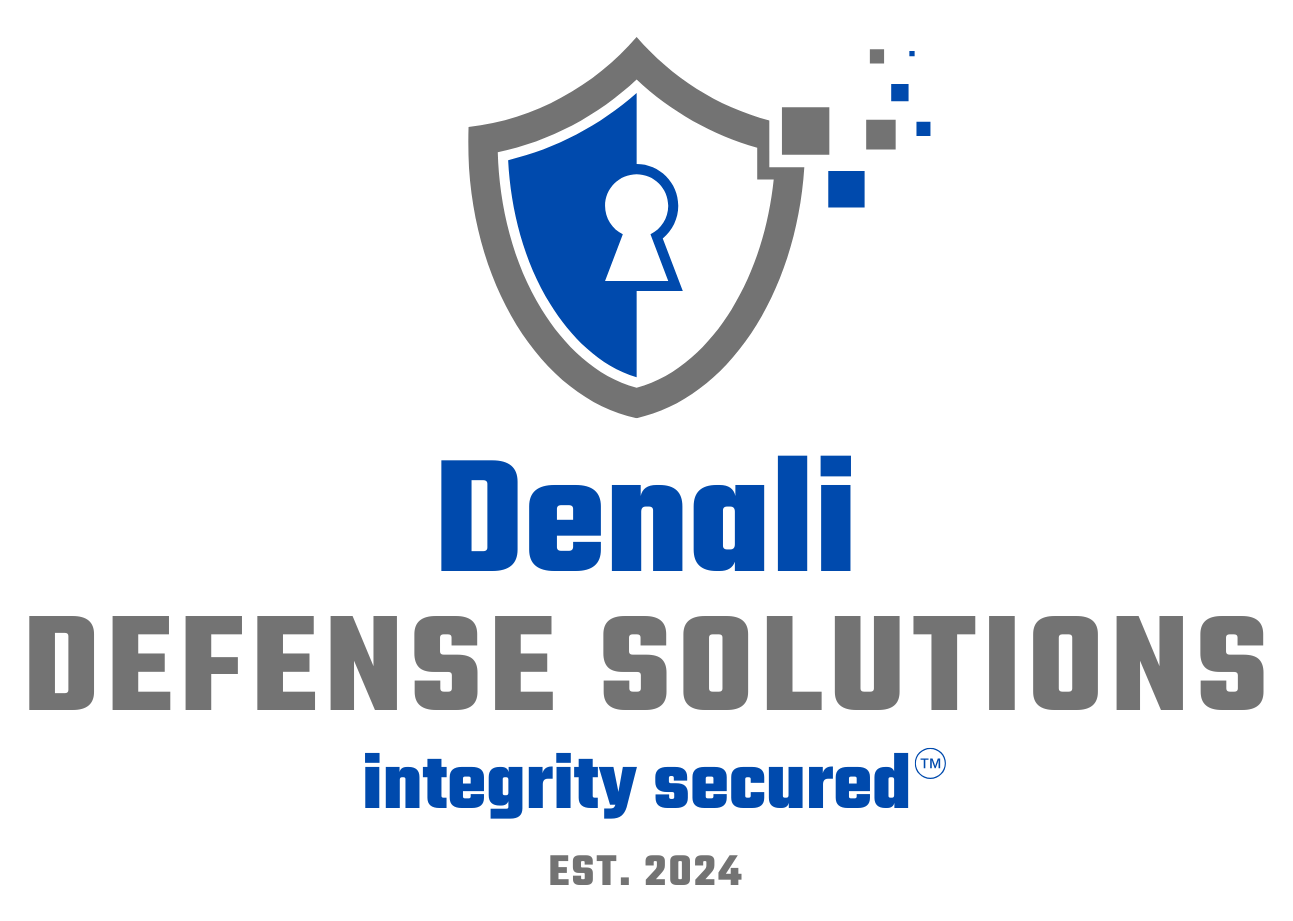When Seconds Matter: Preparing for Emerging Threats in High-Risk Environments
Emerging threats—whether regulatory upheaval, cyber-physical risks, or crises in hostile environments—don’t always announce themselves. Preparing effectively demands a structured, anticipatory approach grounded in resilience and clarity.
The Evolving Threat Landscape
Organizations face generational shifts: the rise of blended threats (cyber attacks combined with physical disruption), climate-driven risks, activist pressures, and regulatory instability. Static security postures are no longer sufficient.
Why Proactive Preparedness Matters
Emerging threats are novel, uncertain, and systemic—often escaping traditional risk models. An OECD framework supports early detection and risk governance, emphasizing proactive readiness. Security in high-risk environments relies on dynamic assessments, adaptable plans, and resource alignment.
Key DDS Methods
Risk Mapping: Analyze geopolitical, operational, and environmental factors specific to your context.
Resource Alignment: Evaluate capability gaps and forecast resource needs over time.
Exposure Management: When capacity is limited, containment becomes the operational priority.
Strategic Planning: Build modular and scalable response systems—tailored for both immediate crisis and extended vulnerabilities.
Real-World Relevance
In public health—and beyond—preparedness frameworks emphasize structured, resilient systems with continuous improvement and standardized protocols. This mindset is vital for resilience in defense, infrastructure, and corporate sectors alike.
What You Gain
With DDS, you won’t just respond; you’ll anticipate. Our strategic risk planning equips you with clarity, agility, and a defensible posture—even amid uncertainty.
